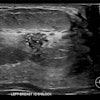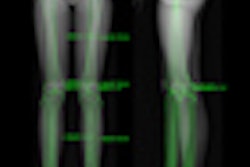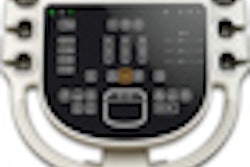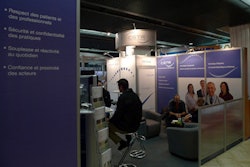
NEW YORK (Reuters Health) - Stereotactic brachytherapy (SBT) with iodine-125 seeds is "safe, minimally invasive, and highly effective" in children with inoperable low-grade gliomas, German researchers say.
This is true whether SBT is used alone, or with microneurosurgery for circumscribed low-grade gliomas in functional and anatomically complex brain territories, according to the research team.
They say that because brain tissue in childhood is particularly vulnerable to ionizing radiation, SBT can be considered an alternative to external-beam radiotherapy, provided the tumors are clearly delineable on MR images.
Led by Dr. Maximilian I. Ruge of the University Hospital of Cologne, the investigators published their single-center experience online October 3 in the Journal of Clinical Oncology.
Dr. Ruge described the study to Reuters Health as "the largest and best-investigated series using SBT for these tumors in the pediatric population."
From 1982 to 2009, he and his colleagues used SBT to treat 160 children with WHO grade I and II gliomas. Thirteen of the children were excluded from the analysis for insufficient follow-up.
Ninety-seven (66%) of the remaining patients received SBT as first-line treatment, 29 (20%) received it for treatment of recurrent tumor, and 21 (14%) needed SBT after incomplete microsurgical resection.
The radiation dose most commonly prescribed at the surface of target volume was 65 Gy, delivered as a cumulative dose over nine months by permanently implanted seeds.
The median for follow-up was 67 months, during which 12 children died. Eleven deaths were due to the tumors but none was related to the procedure.
Two-, five-, and 10-year progression-free survival rates were 97%, 92%, and 74%, respectively. Overall survival rates at two-, five-, and 10 years were 98%, 93%, and 82%, respectively.
The only significant prognostic factor was tumor volume greater than 15 mL, which was linked with recurrence or progression. But the authors also stress the importance of precise placement of the radioactive seeds and the long irradiation time using seeds of rather low activity.
Annually, about 10 to 20 low-grade gliomas are diagnosed per 1 million children under 15 in Germany, according to Dr. Ruge, and low-grade glioma accounts for about a third of all pediatric brain tumors.
A 2009 report by Qaddoumi et al in Cancer estimated that half to two-thirds of all pediatric CNS tumors are gliomas. The Society for Neuroscience estimates the diagnosis is made in about 18,000 Americans each year.
While low-grade glioma is rare, Dr. Ruge said, "It's a devastating disease."
He noted that that in the 1970s and 1980s, U.S. studies of SBT using high-activity implants for high-grade gliomas failed to show a benefit, and the technique was essentially abandoned. It "should definitely be considered more often" for treating low-grade glioma, Dr. Ruge says -- but "the availability of this method is, unfortunately, very limited."
Dr. Ruge also commented that neurosurgeons (he is one himself) tend to favor surgery for gliomas. "I'm trying to convert these people," he said.
By Scott Baltic
Source: http://bit.ly/uBXOr7
J Clin Oncol 2011.
Last Updated: 2011-11-11 13:15:19 -0400 (Reuters Health)
Copyright © 2011 Reuters Limited. All rights reserved. Republication or redistribution of Reuters content, including by framing or similar means, is expressly prohibited without the prior written consent of Reuters. Reuters shall not be liable for any errors or delays in the content, or for any actions taken in reliance thereon. Reuters and the Reuters sphere logo are registered trademarks and trademarks of the Reuters group of companies around the world.

















